The project is based on the 1Bitsy STM32F415 embedded development platform. We also use the Black Magic Probe JTAG/SWD programmer and debugger heavily for software development.
Here is a list of the current design decisions, constraints and ideas:
- Formfactor: PCB the size of the inside of a GB DMG (the gray one) This will hopefully eventually allow us to put the 1UP pcb inside a modified GB DMG case, either original or new molds sold by several online stores.
- Main CPU: All code should be able to execute on a 1Bitsy that is fitted with an STM32F415RGT6. That particular chip (due to the package size) does not contain external ram support or LCD display engine. Making LCD drive little bit more tricky. It is a nice constraint that makes coding for the platform bit more of a challenge in the style of classic conloles and 8bit computers because it does not have enough memory for a full framebuffer. ("racing the beam" FTW)
- LCD: The LCD is a 240x320 TFT display with capacitive touch, connected through the 8bit parallel interface to the 1Bitsy. This allows us to push the data speed to the display quite high and reach good framerates that would not be possible through the SPI interface. (Early tests are able to push 120MBit of data over the parallel interface to the TFT display, as opposed to 48MBit theoretical maximum of the SPI interface) The capacitive touch screen adds an interesting aspect of control that was not available on classic consoles prior to DS. (That was also resistive not capacitive)
- Audio: We are connecting the STM32F4 built in DAC lines for audio generation. This is not as high quality as an i2s part but will likely make things "interesting". We do have a headphone amplifier (optionally speaker amplifier) connected to the DAC output as well as an i2c controlled dual digital potentiometer, to adjust volume.
- Controls: The gamepad consists of the classic D-Pad, ABXY, Select, Start set of buttons. Because we have the capacitive touch no other analog controls are considered necessary. The buttons are connected through two 8bit parallel to serial shift registers. (the volume up down buttons are also connected to the shift register lines)
- Storage: To simplify storing games and data in large quantities we have connected a microSD card over the SDIO interface to the STM32, allowing for reasonabely fast load and save times and maybe even some other interesting hacks?
- Expansion: The platform will receive future expansions and improvements that will strive to remain transparent. Meaning all code written for the first version of the platform should work either out of the box or only with very minor modifications.
The display used is a TFT LCD with I2C CapTouch and ILI9341 driver. (should be compatible with the display sold by Adafruit on their breakouts as well as the buydisplay.com 2.8" tft with CapTouch sensor)
The most basic design consists of:
- 1Bitsy STM32F415RGT6 (168MHz, 192kb RAM, 1MB Flash)
- 240x320 2.8" TFT with capacitive touch and PWM backlight control
- D-Pad, ABXY, Start, Select buttons (SNES circuit)
- DAC audio out to headphones. (speakers optional)
- SDCard connected over SDIO interface
Second tier addons for quality of life:
- Lipo battery and charger built in
- Speaker audio
Future "transparent" expansions: These expansions will contribute to new and interesting hacks possible on the platform, they are not considered forward compatible but backward compatible. This means that we do not anticipate the expansions to exist from the beginning of the platform life and the software written at that time will not support the future expansions, but the old software has to function as is or only with very minor changes on the new device that contains the new expansions.
Early video test using an Adafruit 2.8" TFT and 1Bitsy. The demo shows anti aliasing, and multi layer object overlay with alpha channel and moving background bitmaps. The demo does not use a framebuffer but rather a racing the beam inspired DMA...
Read more » Piotr Esden-Tempski
Piotr Esden-Tempski
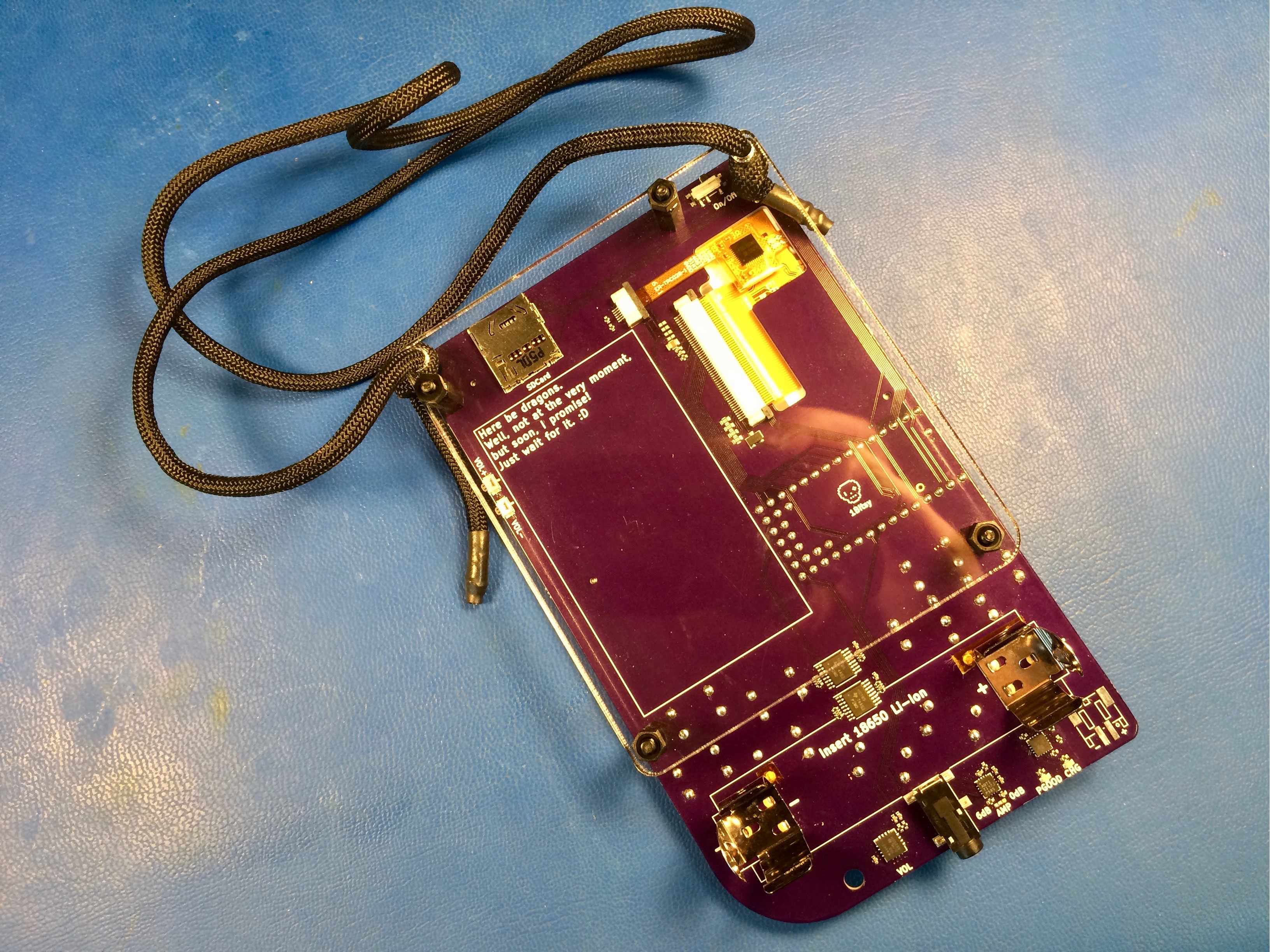
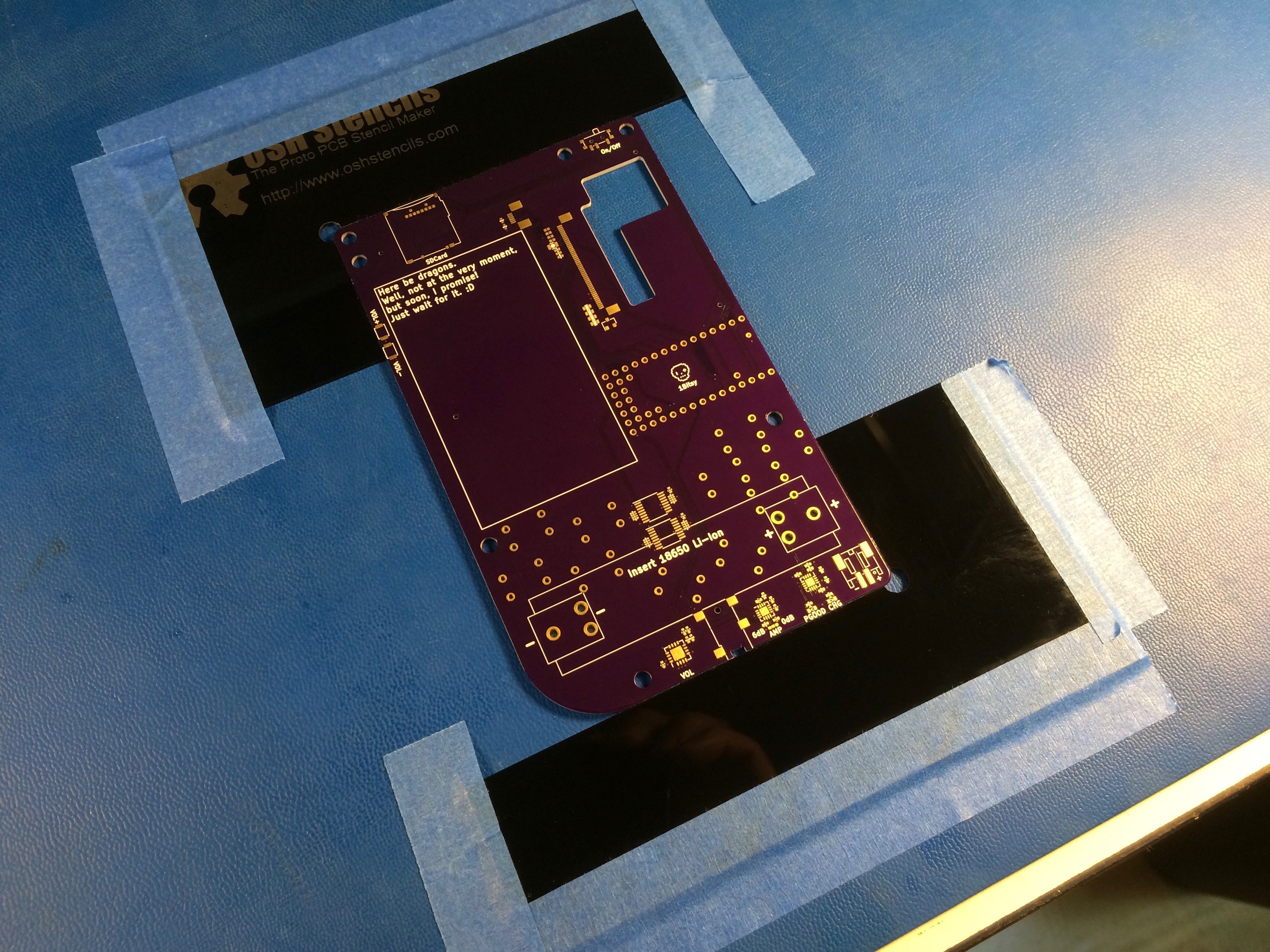
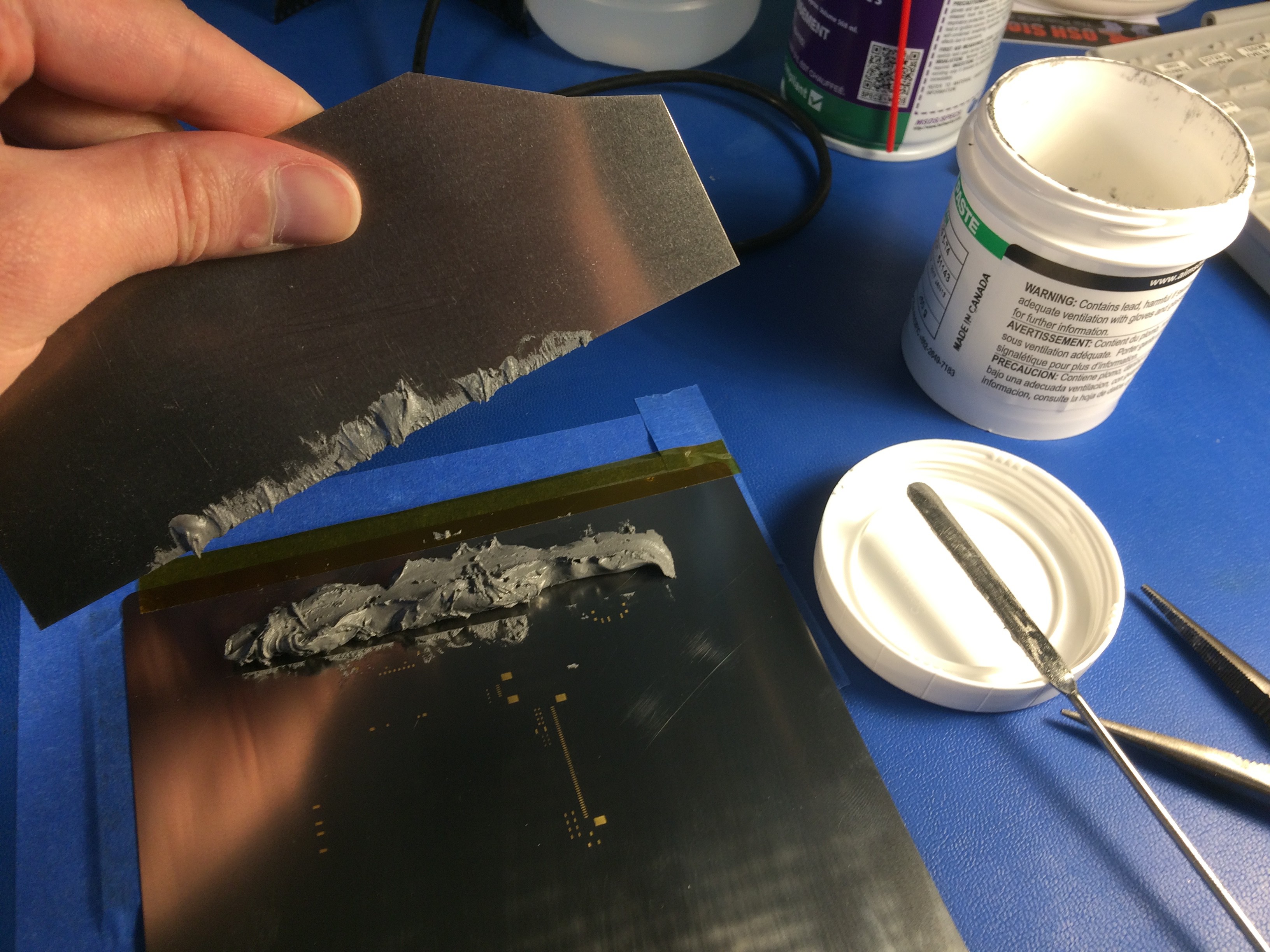

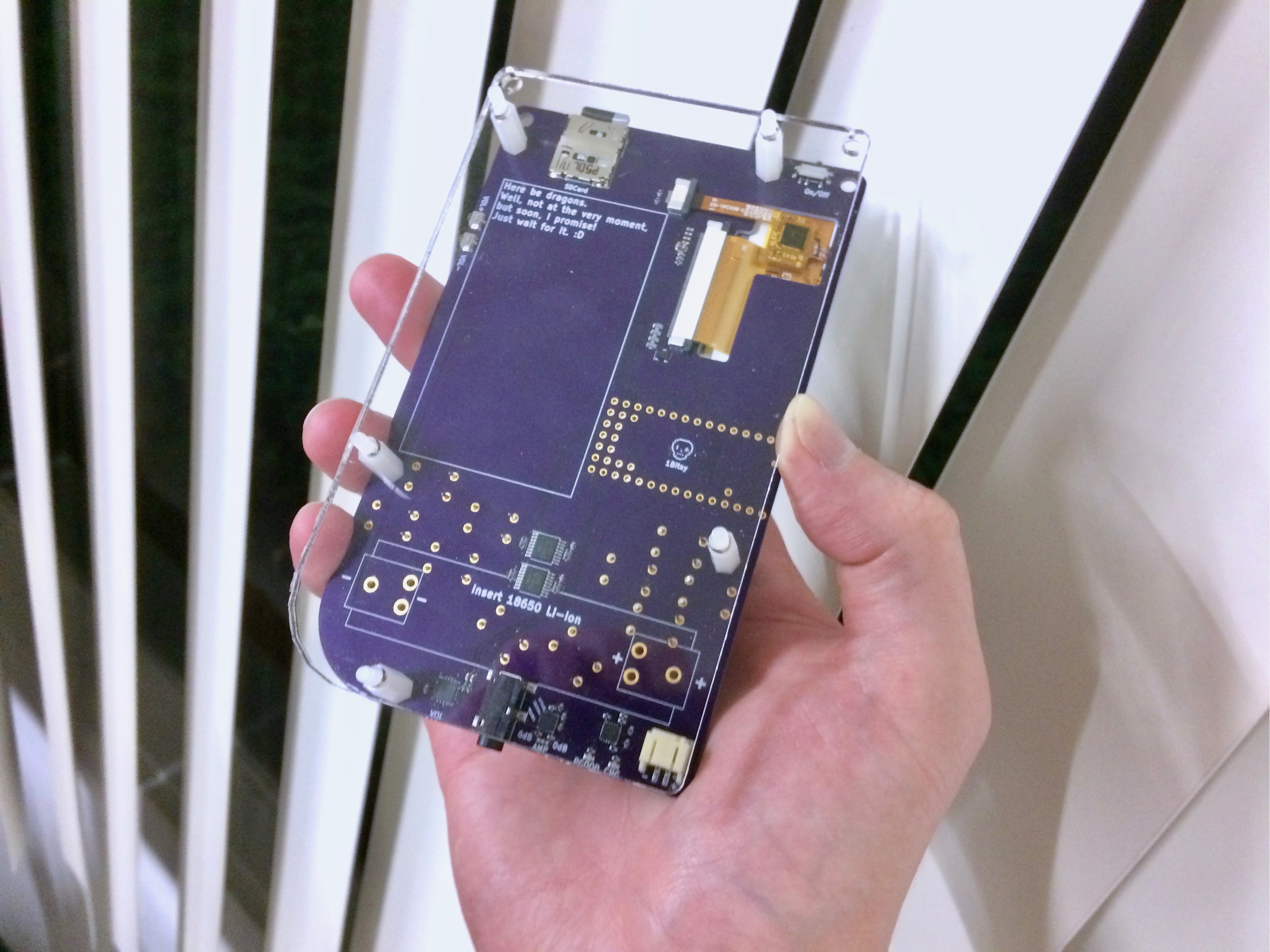
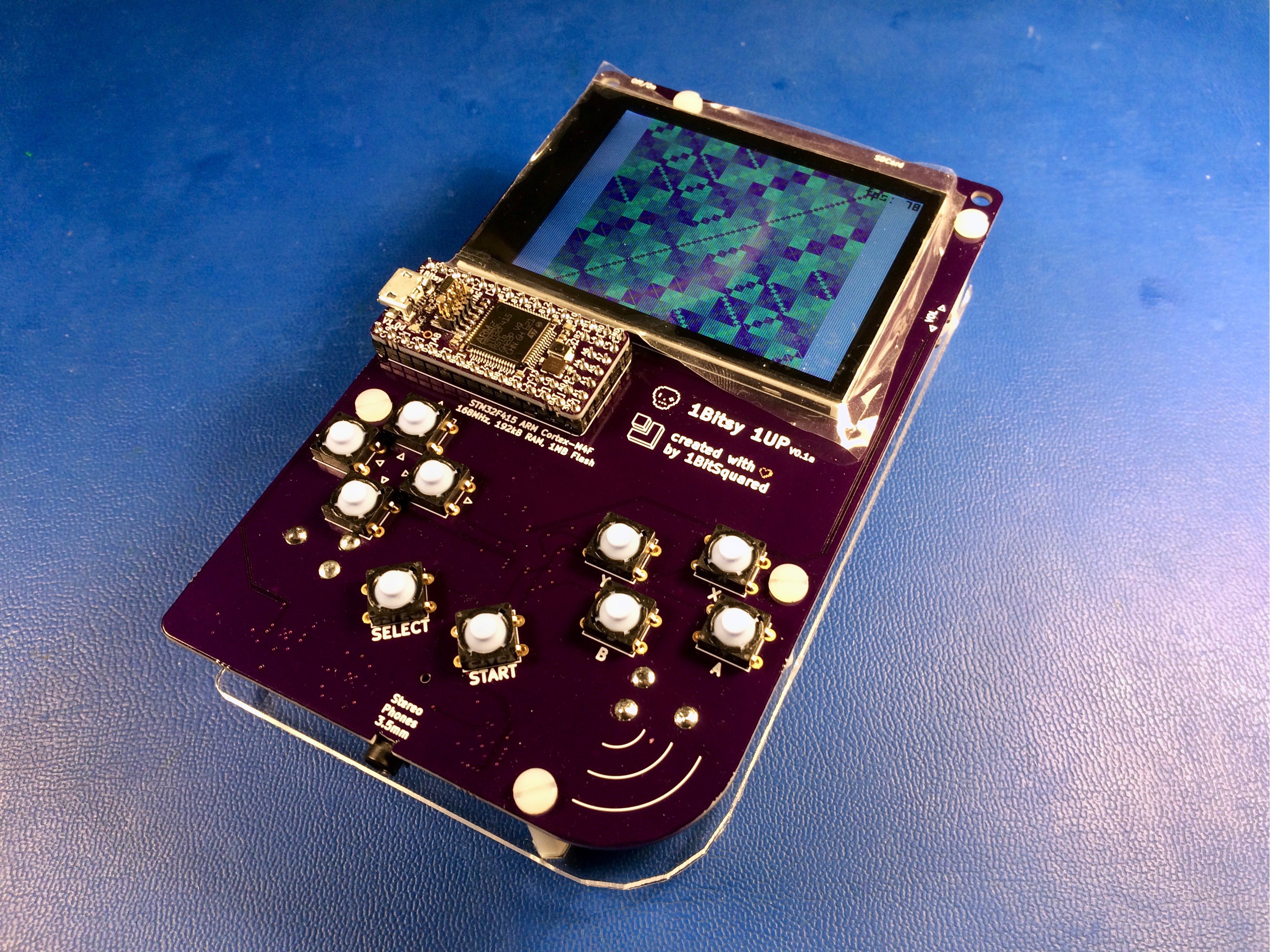
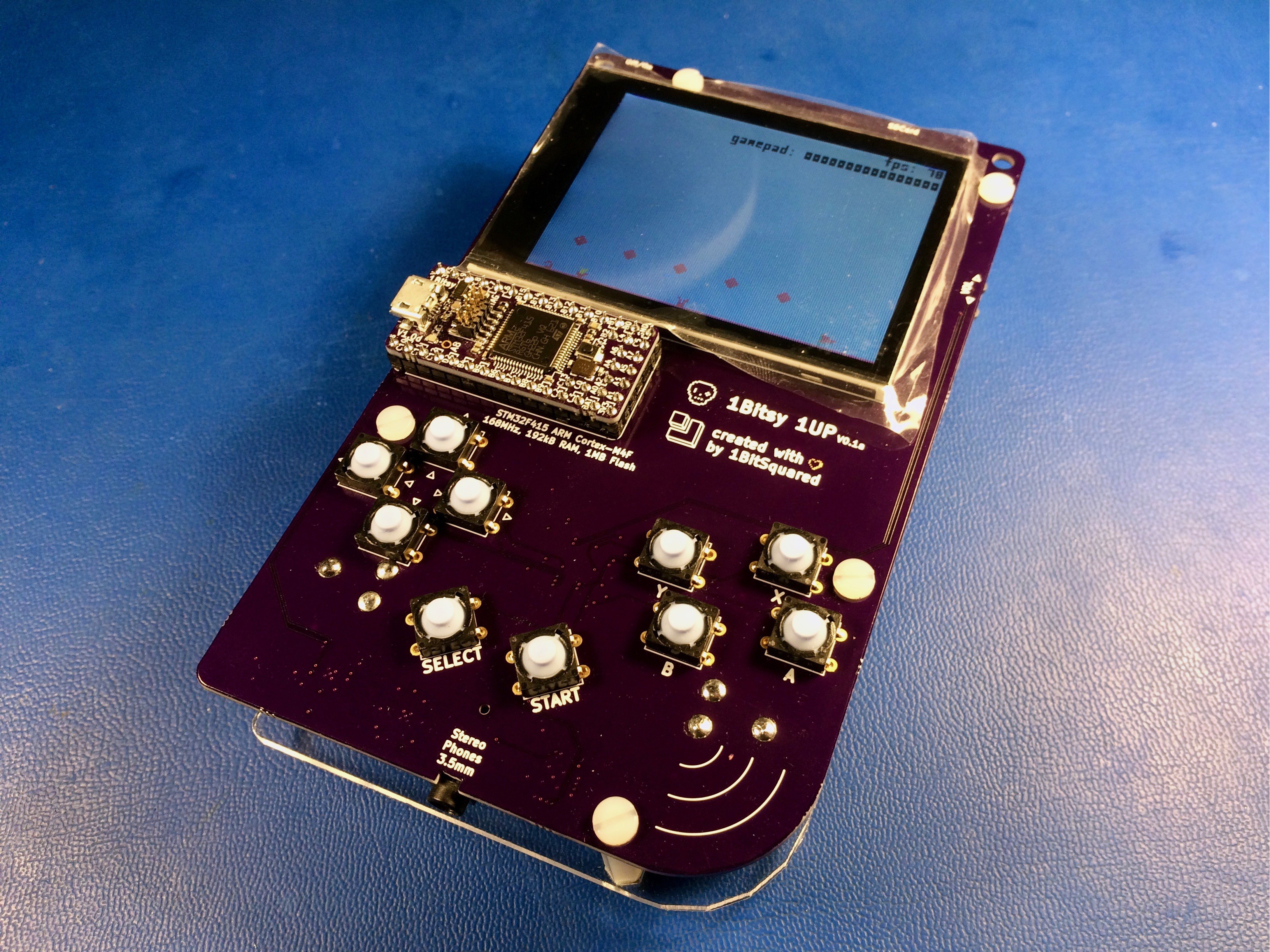
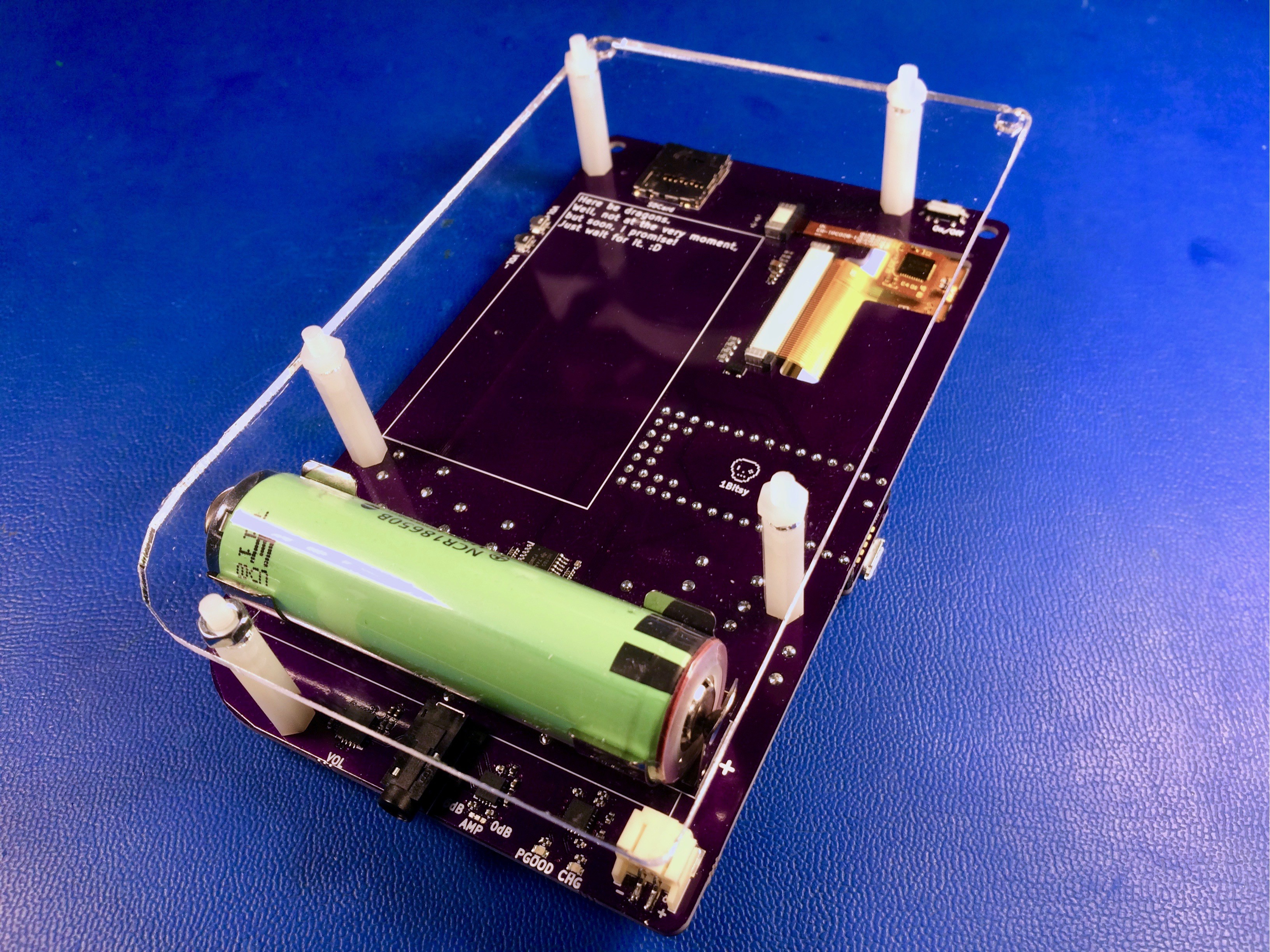
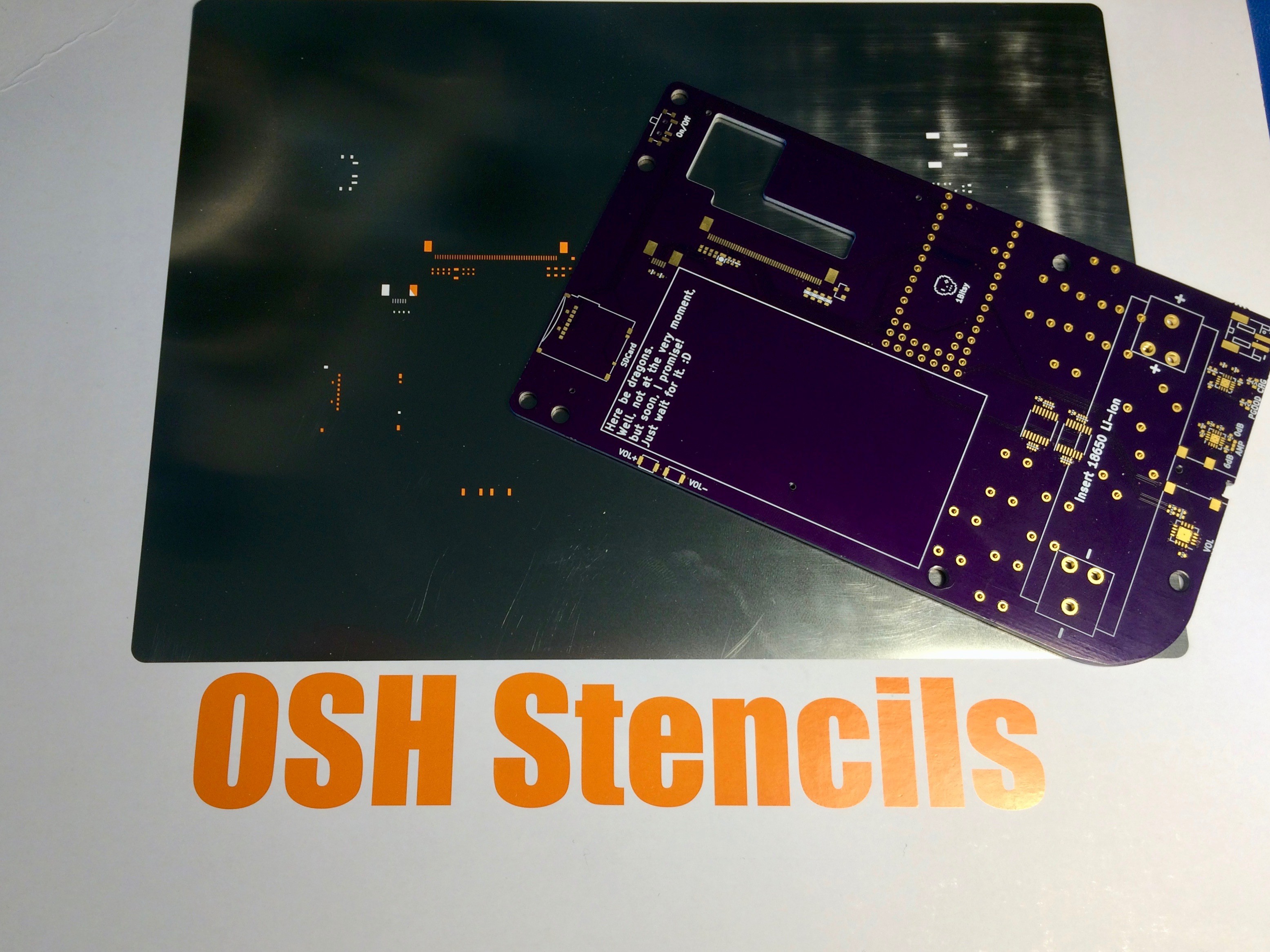
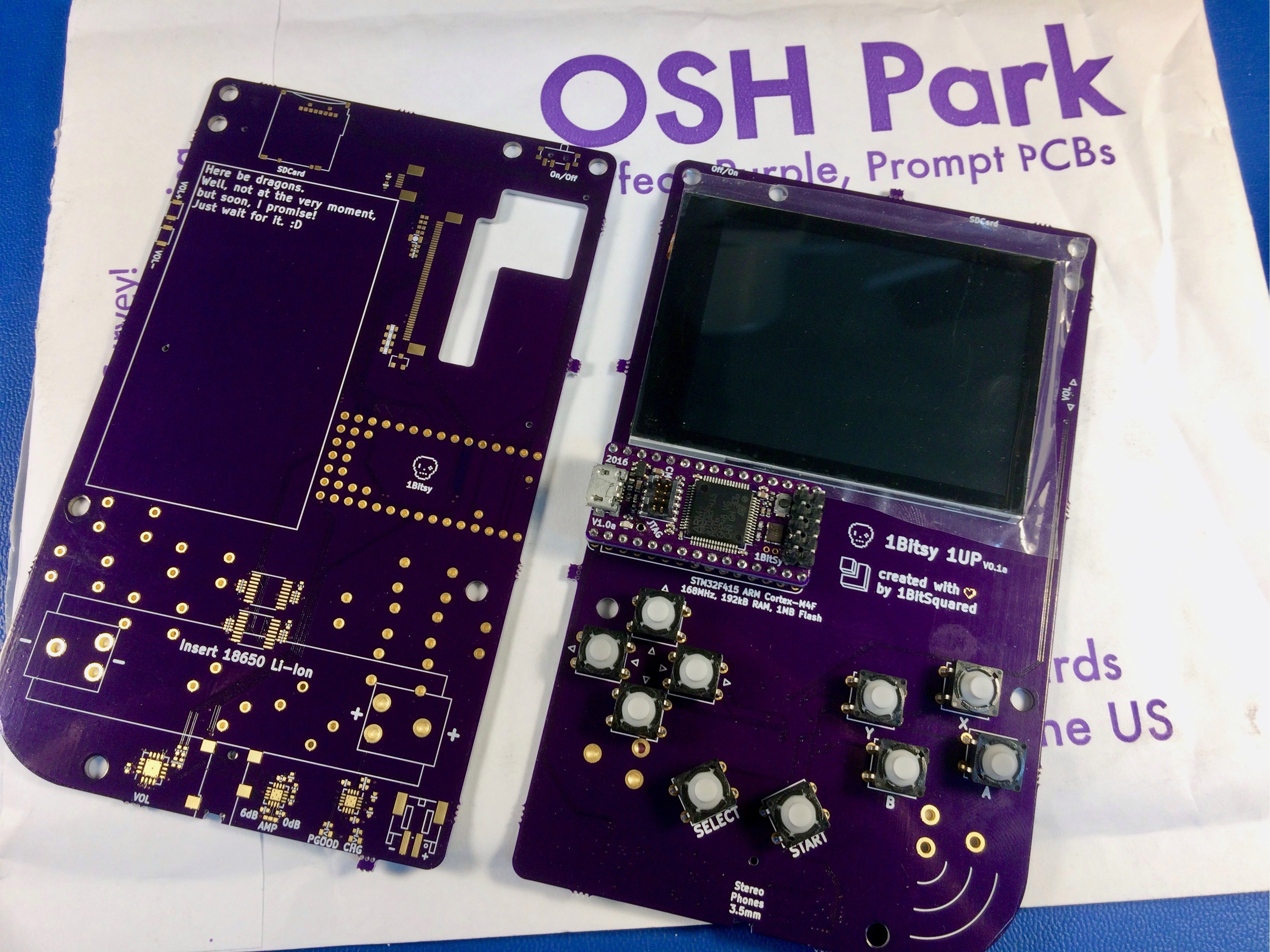
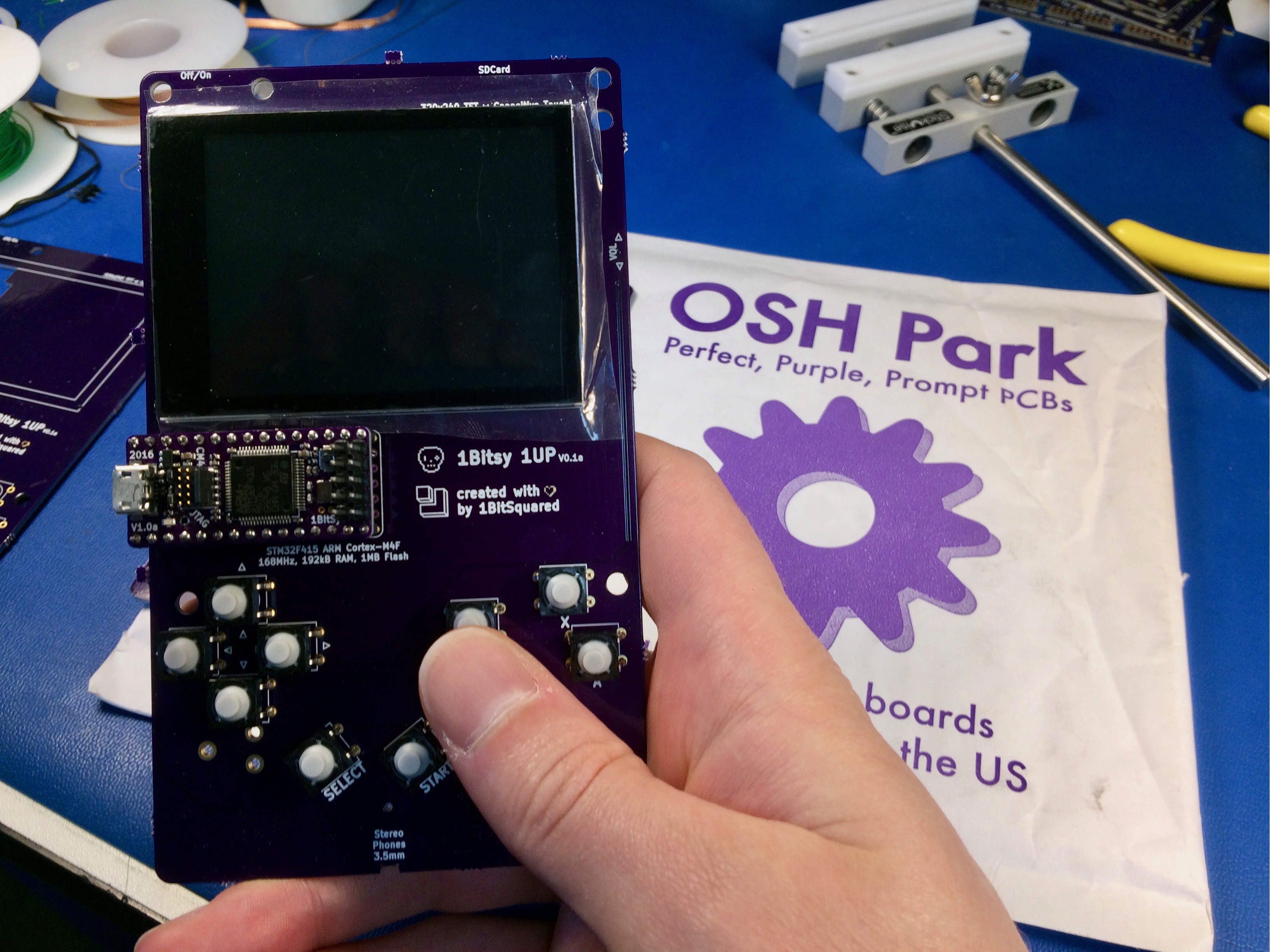
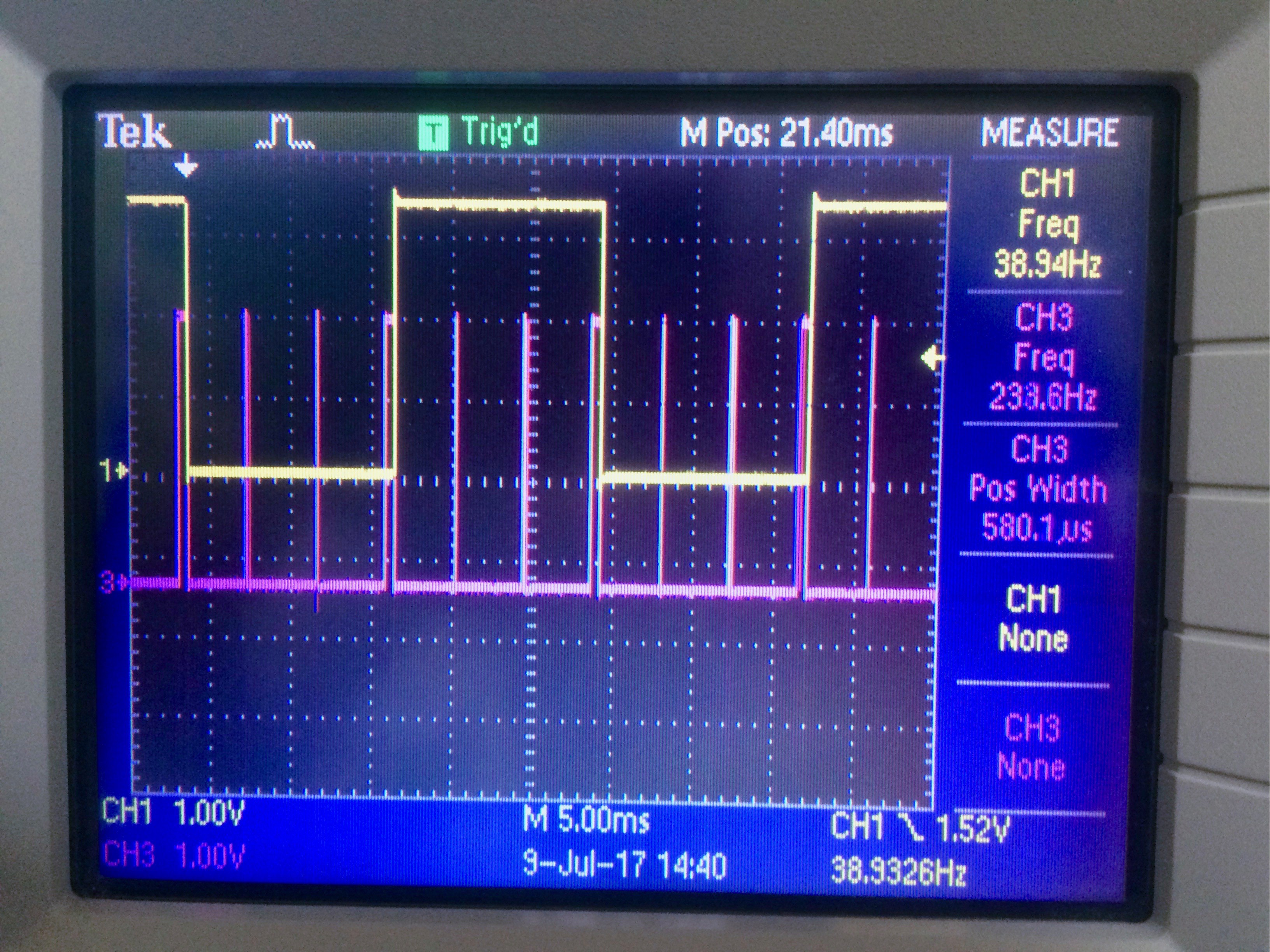
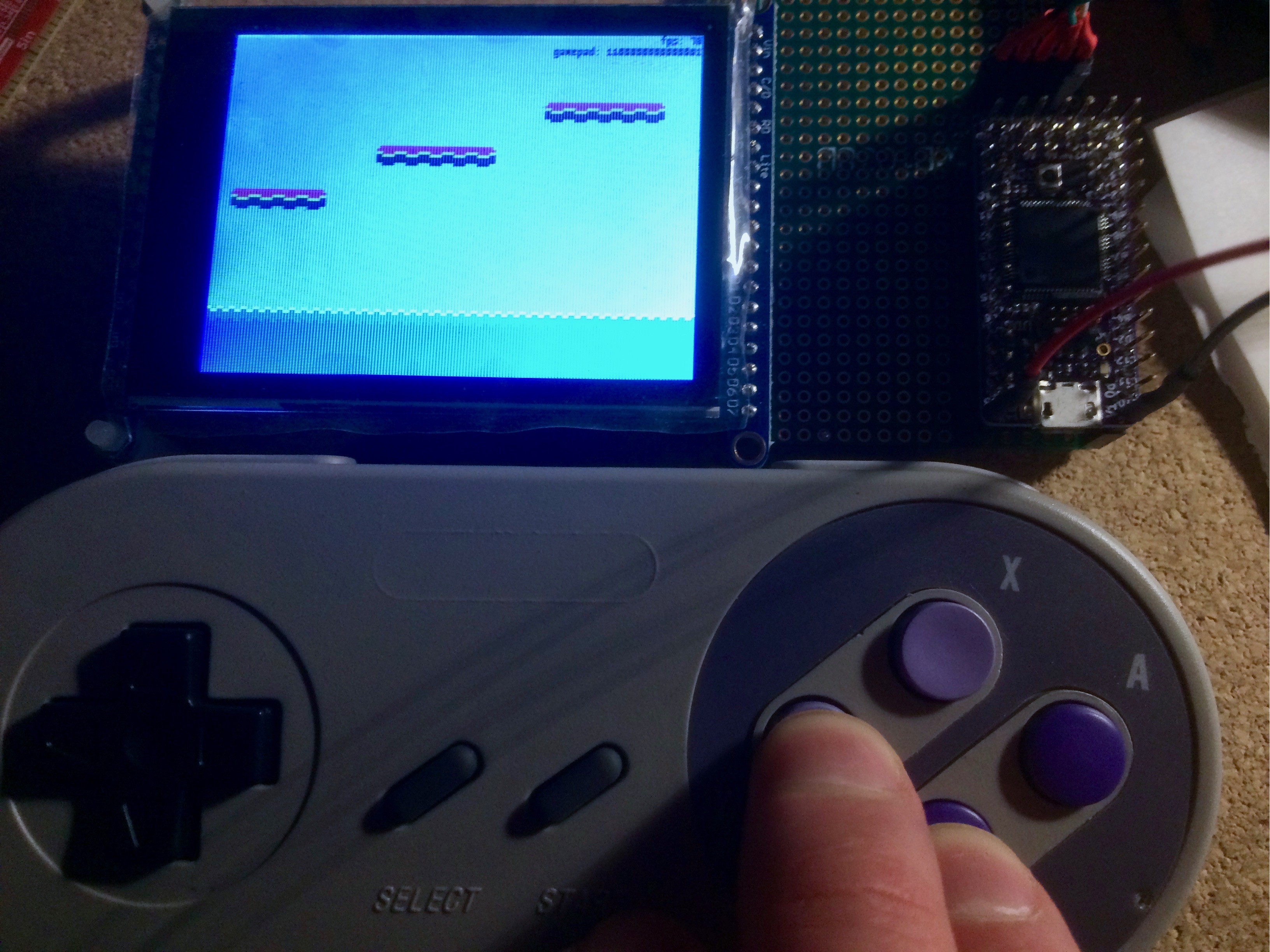
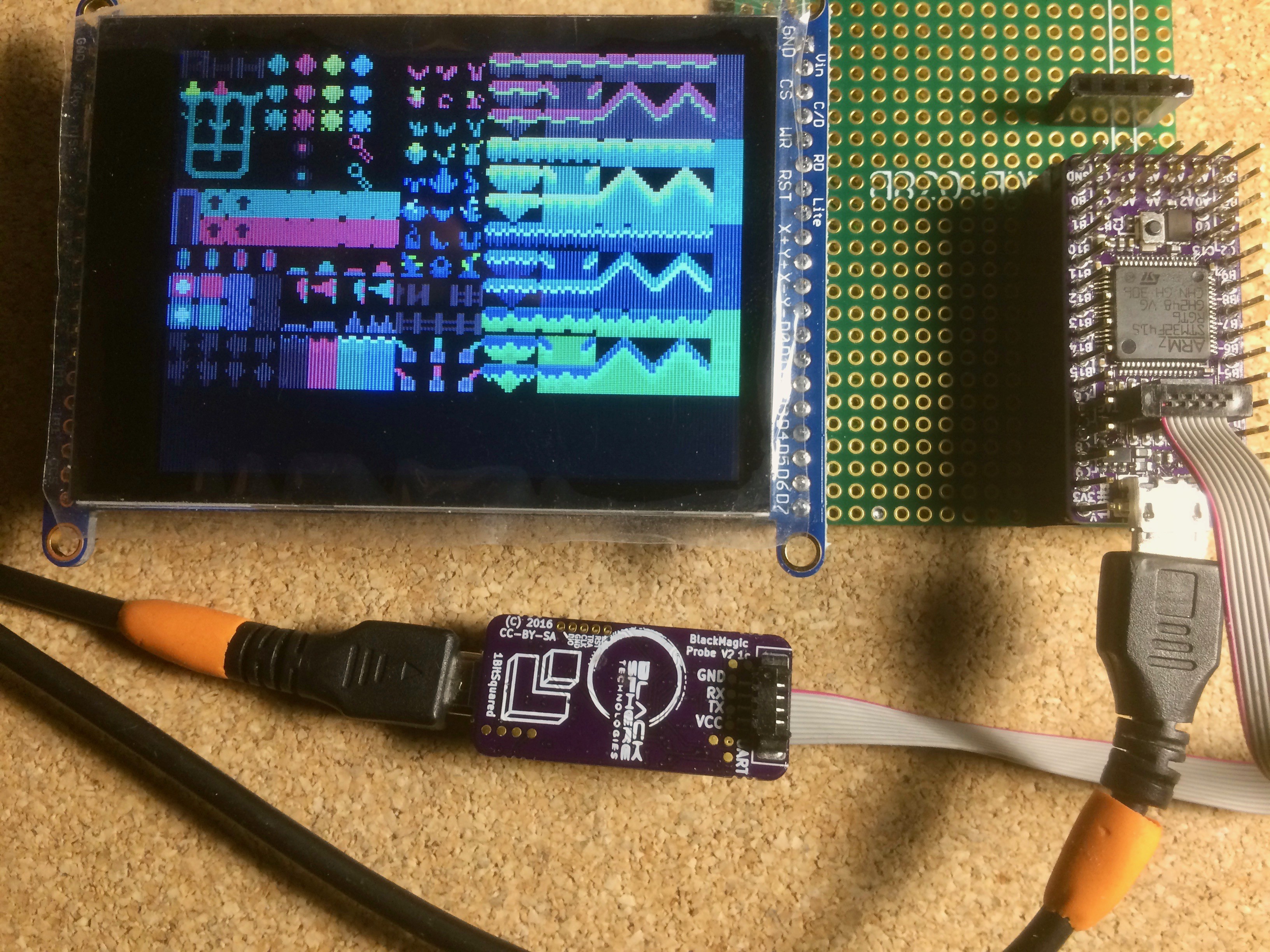
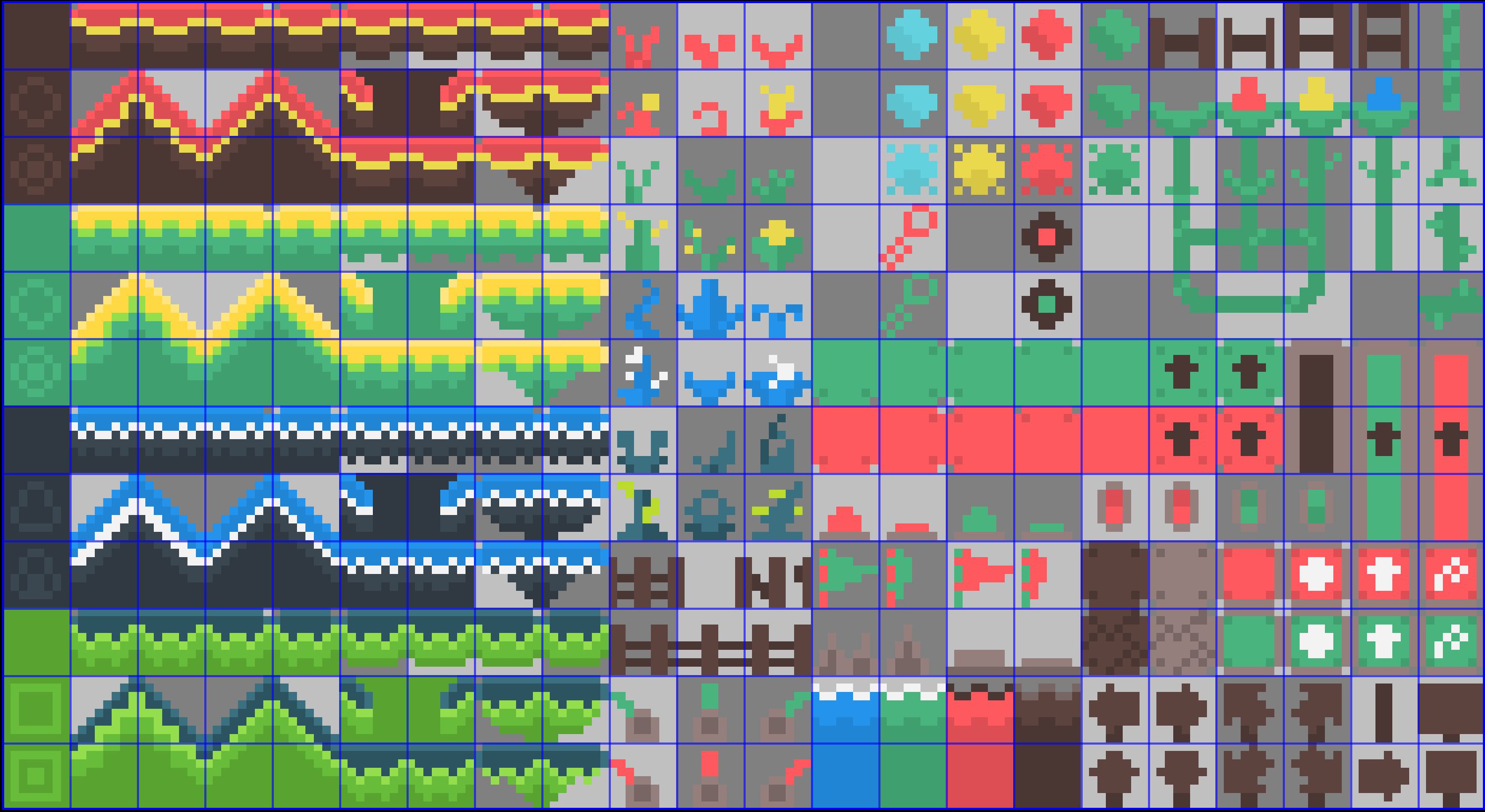
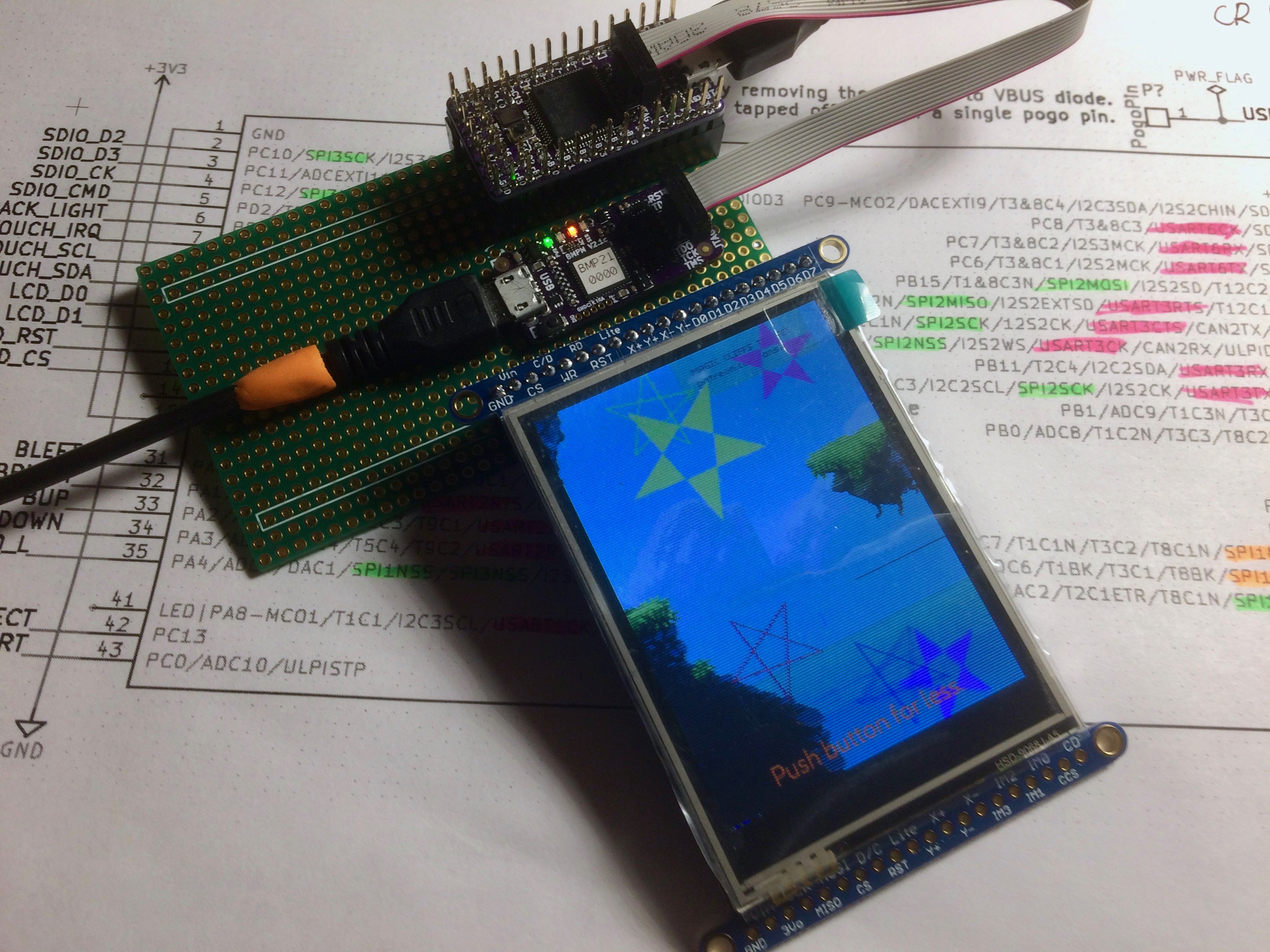
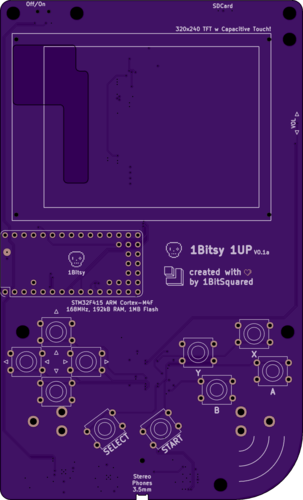
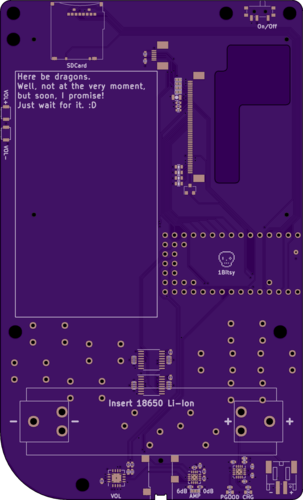
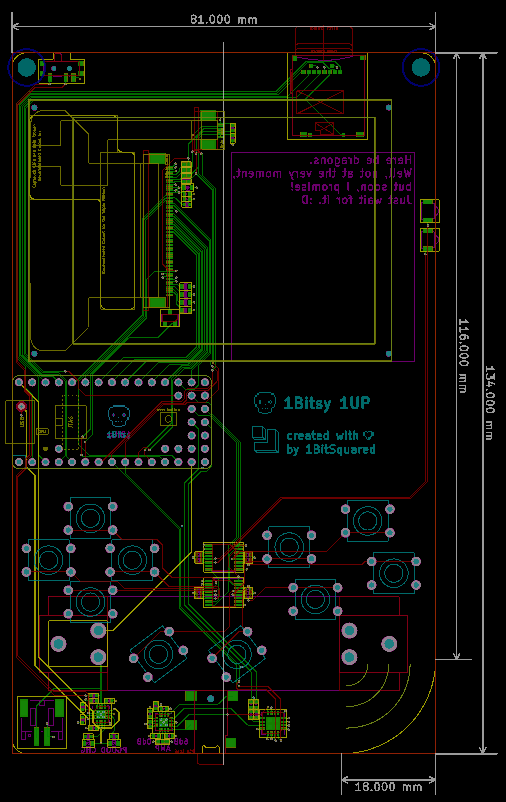
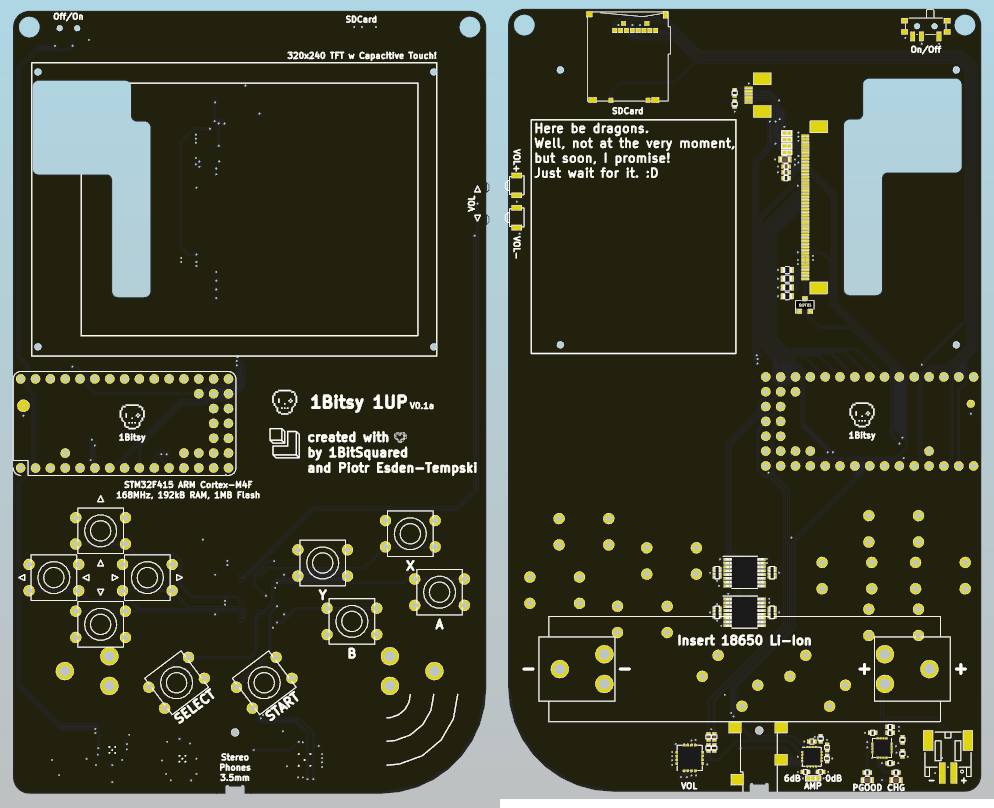
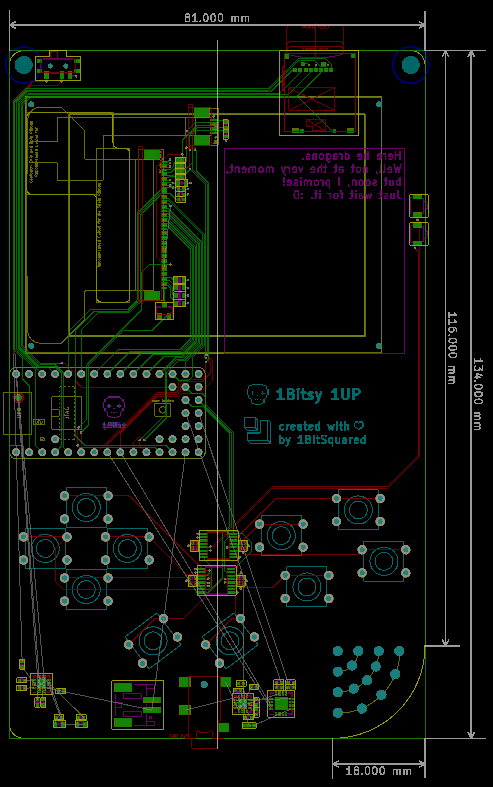
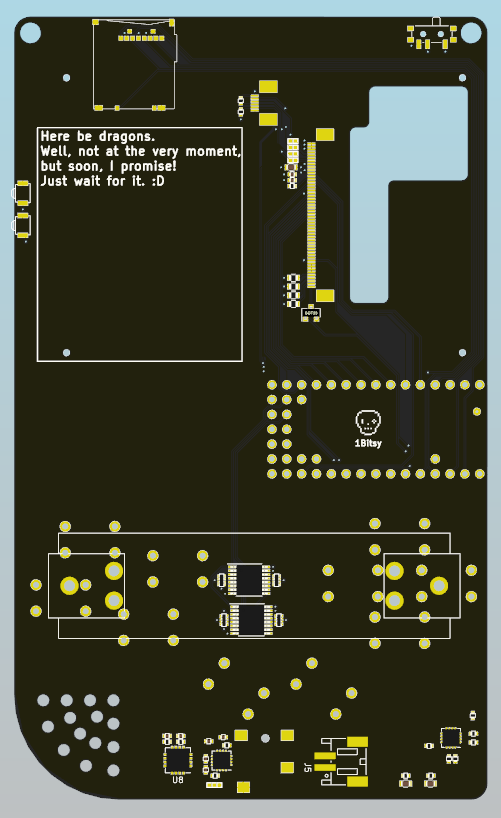
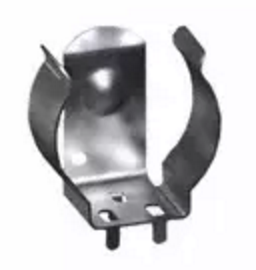
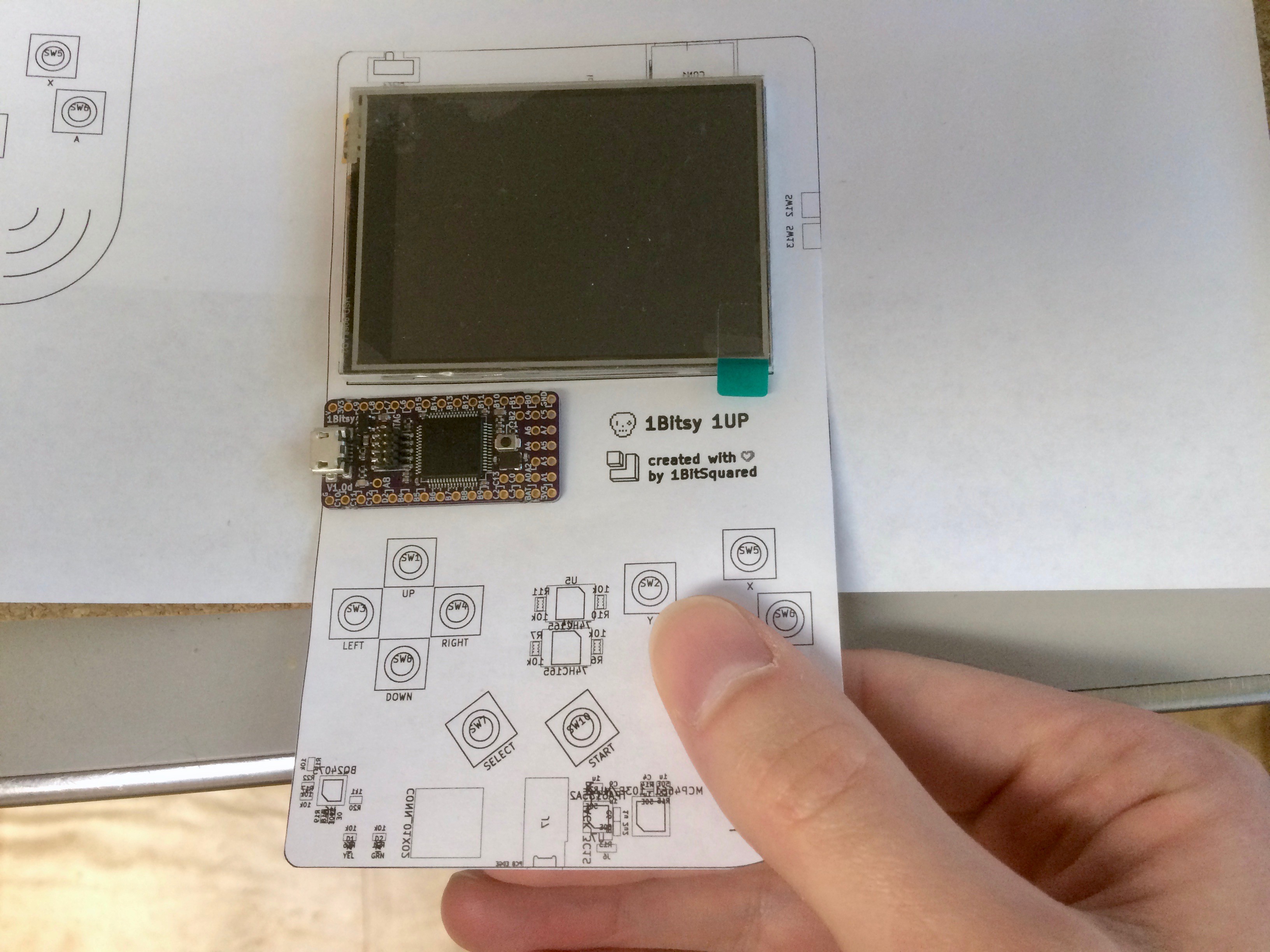
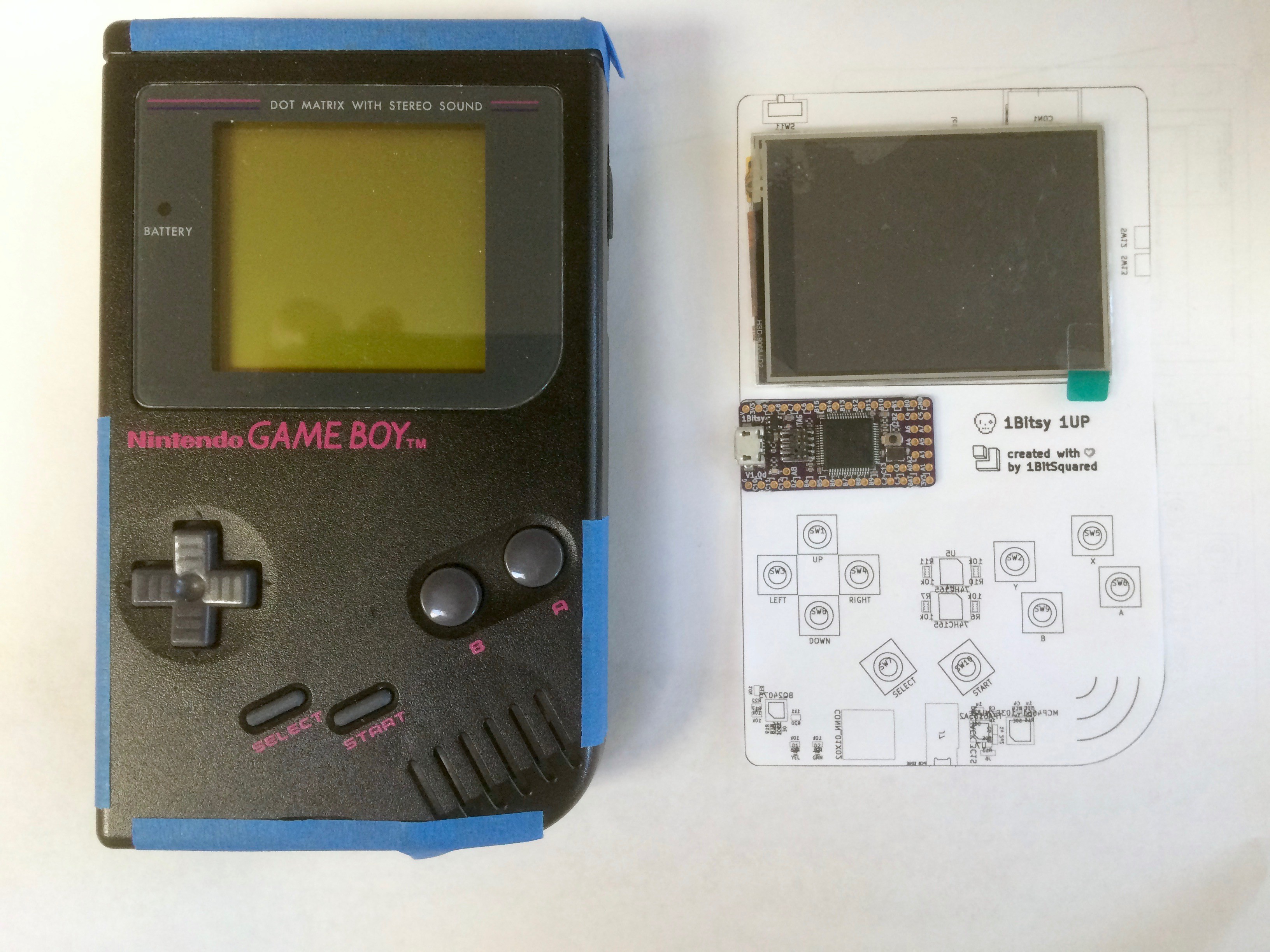


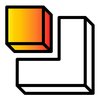

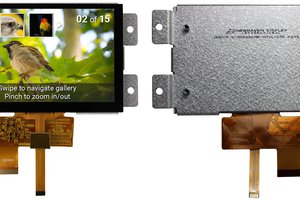
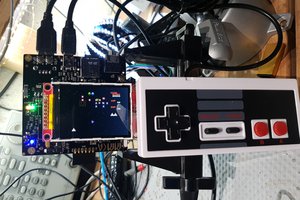
 charliex
charliex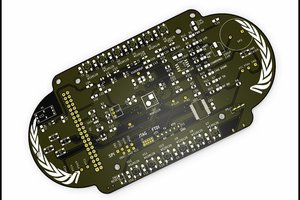
 John Adams
John Adams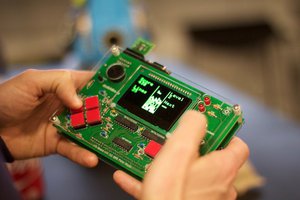
 Peter Noyes
Peter Noyes
Czy to zadziałało by z NanoPi ? Trochę lepszy system i więcej pamięci.
(it will be works with nanopi?)